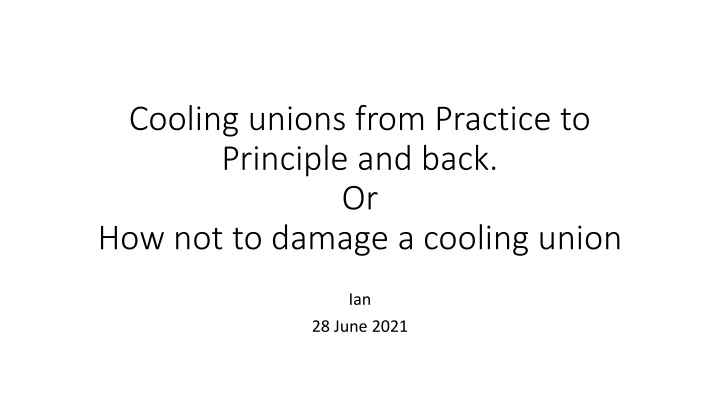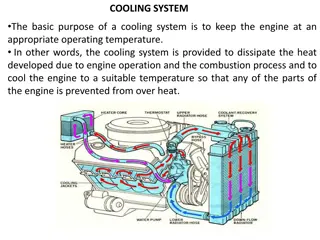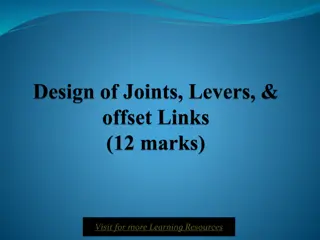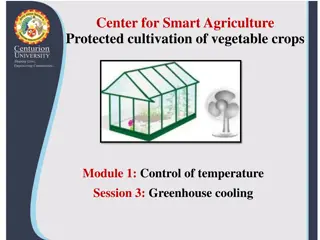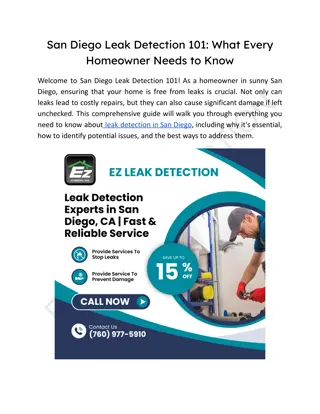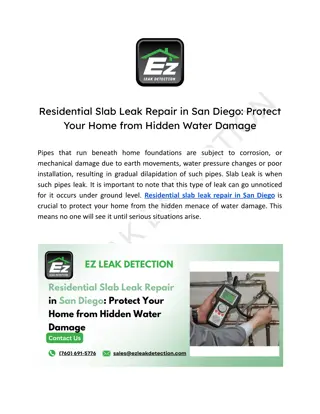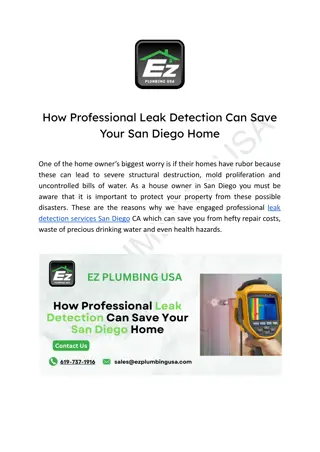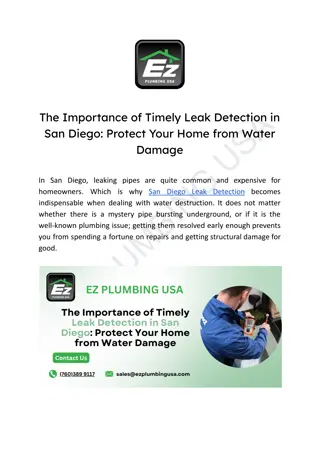Cooling Union Technology for Leak-Tight Joints
The article discusses various cooling union technologies like O-ring seals and double ferrule unions to achieve leak-tight joints for fluid conduits. It explores the importance of proper assembly techniques and components to prevent damage and ensure efficient operation in water cooling systems. Practical solutions and insights from trials are presented, along with recommendations on pressure resistance and maintenance for optimal performance.
Download Presentation

Please find below an Image/Link to download the presentation.
The content on the website is provided AS IS for your information and personal use only. It may not be sold, licensed, or shared on other websites without obtaining consent from the author.If you encounter any issues during the download, it is possible that the publisher has removed the file from their server.
You are allowed to download the files provided on this website for personal or commercial use, subject to the condition that they are used lawfully. All files are the property of their respective owners.
The content on the website is provided AS IS for your information and personal use only. It may not be sold, licensed, or shared on other websites without obtaining consent from the author.
E N D
Presentation Transcript
Cooling unions from Practice to Principle and back. Or How not to damage a cooling union Ian 28 June 2021
The fluid union has similarities in conception to an electrical connector, namely the conduction of the medium and the mechanical retention (strain relief) of the supply conduit . Both must be met. In this case a leak tight joint AND a clamp sufficient to secure the pipe in the union against the pressure of the fluid (water).
VEBEO union from CERN gas group Using Oring (4) and clamp (2) The o-ring is directly on the pipe
So what is special about the O ring seal technology The union becomes more leak tight the more the pressure difference increases. Tightening the union does not improve the sealing only the pressure as the o-ring is squeezed into the gap, as shown above.
Integrate the Vebeo technology into the Sagana/Swagelok union Rear ferrule Front ferrule O-ring, Viton 1st 2nd 3rd Turn the back ferrule around to provide a flat pressure plate to the o-ring. Exchange the front ferrule for the o-ring. Tighten by finger.
What was done . A standard Sagana union, I did not have a Swagelok, was used for the trial The pieces were exchanged as described above
The assembly was connected to an Argon bottle and the pressure increased incrementally until the pipe began to move out of the union between 8 10 Bar. Possible solution for the pipe creeping out from the union Clamp to resist the pressure force Applied pressure Copper pipe dia. 8mm Bulkhead union on chamber
Conclusions The union is operable for water cooling of FEBs. The unions are not damaged as the nut is finger tight on the outside of the union body and the o-ring is an elastomer (Viton) that will not damage the inner sealing surface of the union. The brass nut should be changed for stainless steal to avoid wearwhen frequently used. The clamp to exert the reaction force necessary to oppose the water pressure, a small mechanical job. The leak tightness was not checked but could readily be done up to 20 Bar.
https://www.parker.com/Literature/O-Ring%20Division%20Literature/ORD%205700.pdfhttps://www.parker.com/Literature/O-Ring%20Division%20Literature/ORD%205700.pdf
http://www.rotarex-gmbh.de/documents/ROTAREX_Klemmringe_2012.pdfhttp://www.rotarex-gmbh.de/documents/ROTAREX_Klemmringe_2012.pdf 8mm pipe size UNF body thread
https://nederland.swagelok.com/en/double-ferrule-compression-fittings#https://nederland.swagelok.com/en/double-ferrule-compression-fittings#
